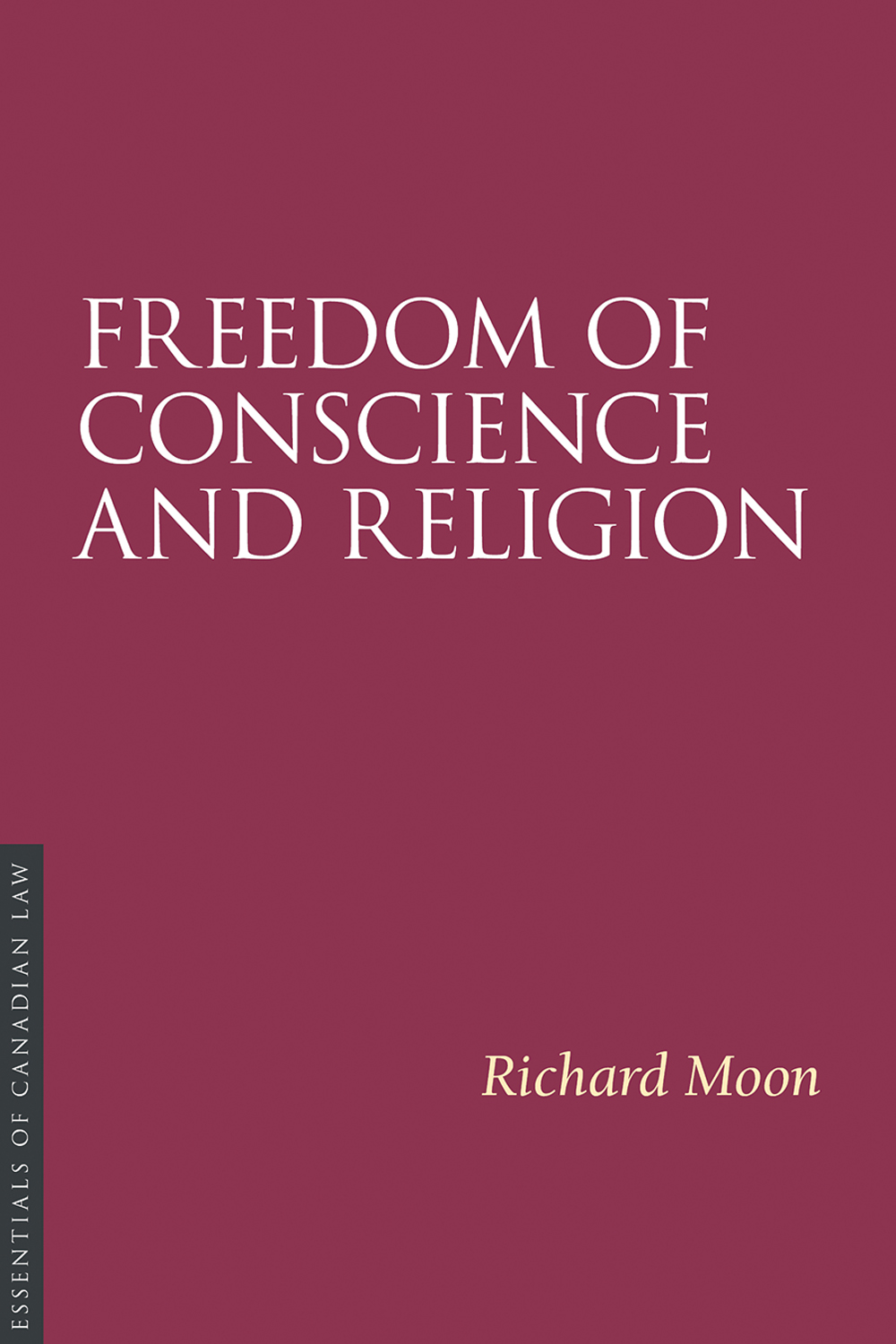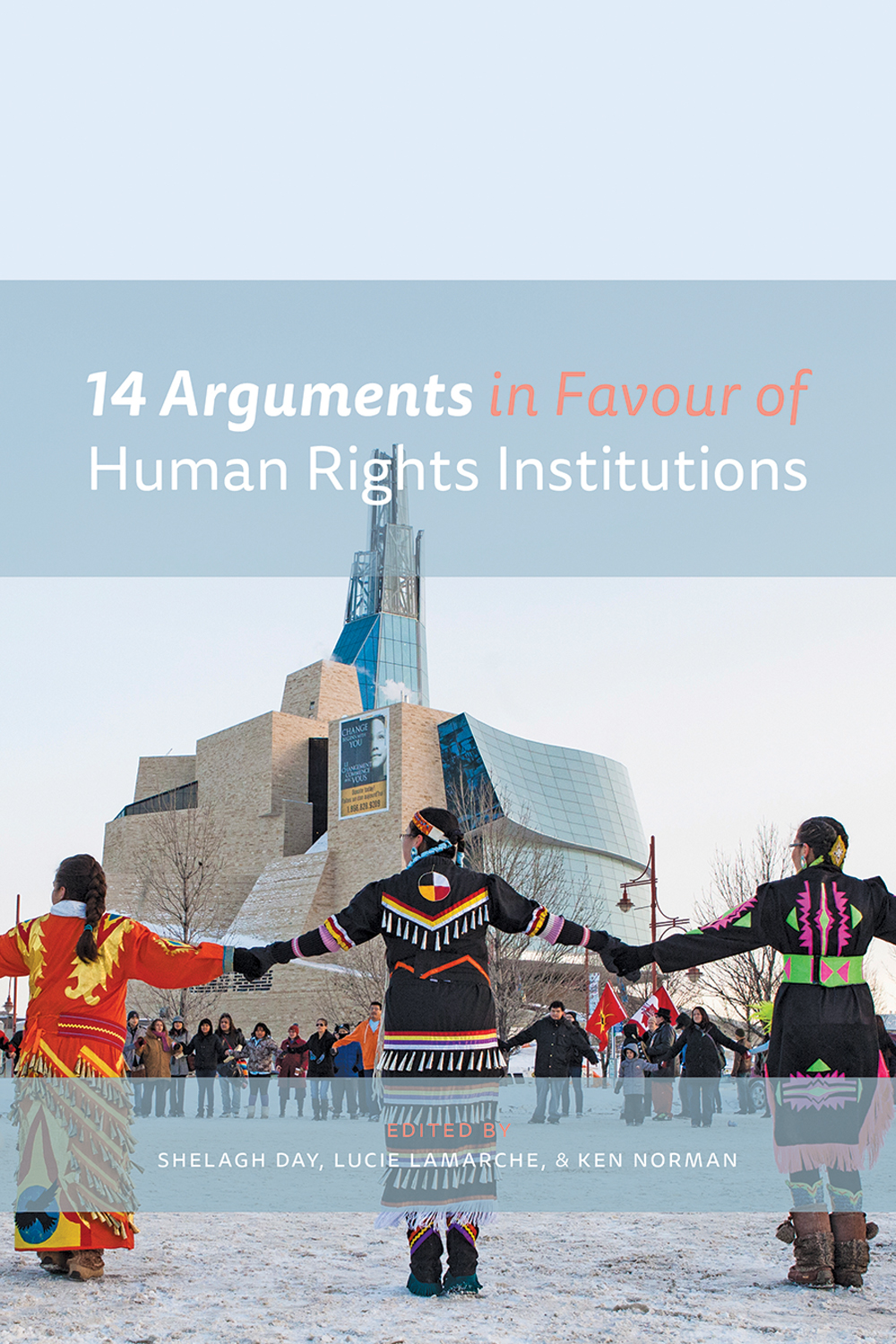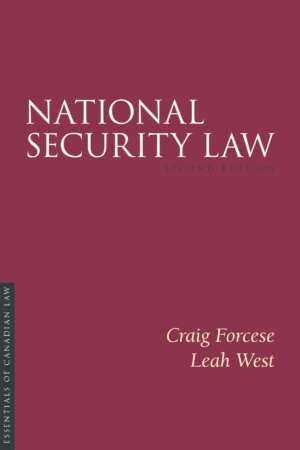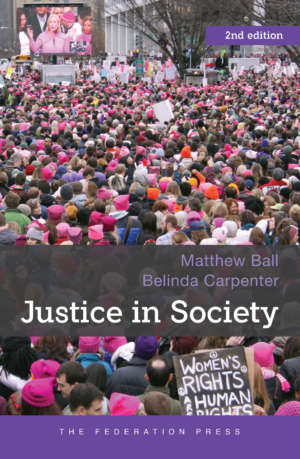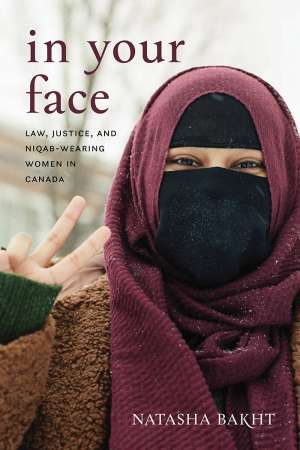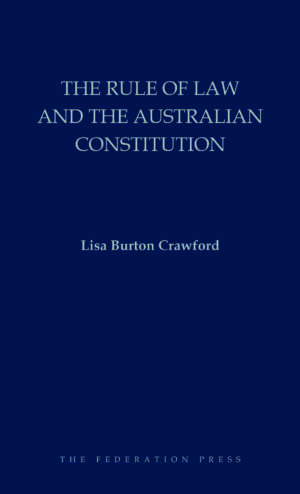Product Description
When the Canadian Charter of Rights and Freedoms was enacted in 1982, the first of its fundamental freedoms seemed less significant and less interesting than many of its other rights. However, the Salman Rushdie affair, the 9/11 attacks, and later the publication of the “Danish Cartoons” helped to move religion or religious difference to the forefront of public consciousness. These events seemed to confirm that religion, or at least particular religions, represented a threat to the values of liberal-democratic society. Religious freedom issues that may have been minor and easily resolved “on the ground” were increasingly seen through this lens of intractable conflict, and as opening the door to a broader threat to Western democracy.
In Canada, anxiety about religion has been far less acute than in Europe or in the United States. Nevertheless, concern about the character of religion has shaped the public reaction to religious diversity and freedom. This has been most powerfully so in Quebec where, as in Europe, national identity remains a concern, and the political role of the Catholic church in the recent past has caused many to be wary of the visibility of religion in the public sphere.
The book reviews the basic history of religious freedom in Canada; looks at state support for religion, including the place of religious practices and symbols in public institutions and the role of religious values in public decision making; the restriction or accommodation of religious practices by state action; religious restriction in particular contexts; state support for religious schools; freedom of religion in the context of the family, and in particular, the parent-child relationship; and freedom of conscience component of section 2(a)

